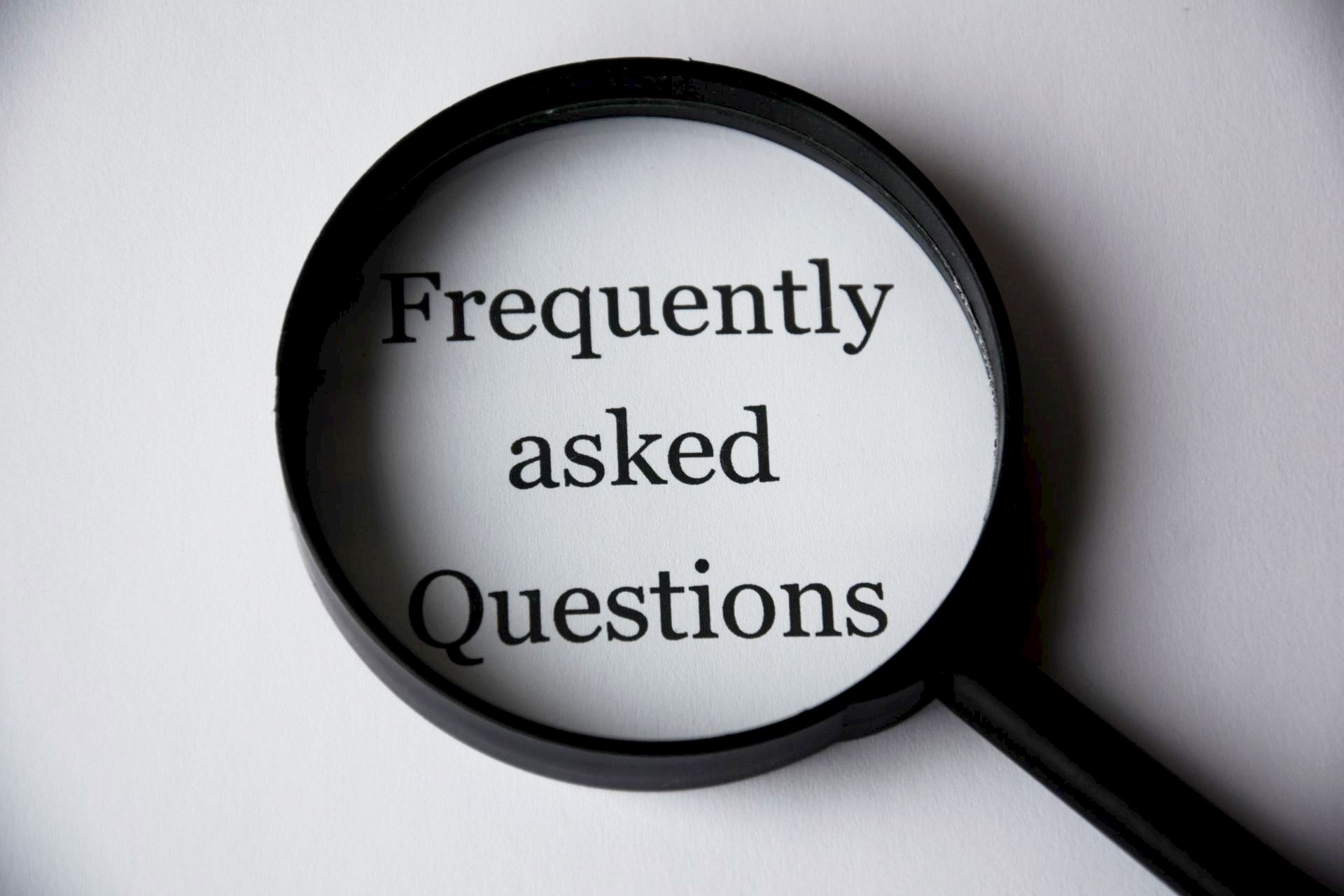Public relations is known for being versatile, occasionally glamorous, and, yes, stressful. In fact, CareerCast listed “PR executive” as one of the top ten most stressful gigs in its 2019 Most Stressful Jobs report. Some of the pressure we encounter in PR is preventable, however. We’ve all worked with, and been stressed out by, demanding bosses or clients that expect unrealistic outcomes. On the agency side, it’s sometimes because the team overpromises in their eagerness to win a new client. Yet corporate PR officers also fall victim to inflated or impractical expectations when their internal clients don’t understand what’s possible. Here are some tips for avoiding the difficulties that can come with an expectations mismatch.
Offer honest feedback
Sometimes a client has a program or story idea that they’re certain is a winner, yet the experienced PR team feels less confident. Maybe the story idea simply isn’t compelling or timely enough to capture media attention. PR advisors should voice their opinion when they feel something won’t work. No one wants to be negative, but a viewpoint grounded in experience and phrased constructively can go a long way in heading off trouble later. Often, the idea floated isn’t bad, but it’s incomplete, badly timed, or needs more workshopping. Clients pay us for our recommendations, so we do everyone a service when we share them.
Explain what is required
Fortunately, most collaborative ideas can be successful, — with research, work, and creativity. If you want a product launch to be covered in a top-tier publication, journalists will need to talk to someone who has used the product or can speak to its market value. In ad tech, this means getting a brand or publisher client onboard; reporters aren’t going to take our word for it. Stories about products or services in low-interest categories will need to borrow interest in the form of new information, like survey results, new research, or big names attached. Stakeholders must understand that if they can’t secure assets to round out a story, media may not be interested. The same thing goes for business success items; you generally can’t tell a business story in a top media outlet without disclosing financial information. Everyone should be aware of these requirements so they aren’t blindsided later in the process.
Flag challenges that could impede success
We’re living through COVID-19 and a presidential election year, and both eat up a huge amount of media bandwidth. Media relations deals with the news environment, which is by definition unpredictable. There are huge tech launches, social movements, and hard news stories breaking every day. If a stakeholder is pressing to release something during a big news cycle, it’s the job of PR professionals to explain how the timing will impact reporter interest and coverage. A major announcement or event must be carefully planned around avoidable happenings like earnings calls, congressional hearings, or other news-making things that are on the books, and PR teams need to be flexible for those events that can’t be anticipated. Again, communication is key.
It’s PR, not ER
News cycles are 24/7, and most PR people are trained to be hyper-responsive to media and client needs. But it helps to establish a cadence for ongoing meetings, email contact, course corrections, and reporting at the beginning of a PR program. Personally, I make myself available from 8am to 7pm on weekdays and only answer email at night or on the weekends if it’s vital. With this, my mind is fresh everyday to think creatively for clients. Others may have a completely different work style or service ethic, but the point is that it should be communicated at the outset.
Never make coverage guarantees
Walk away from any PR person who tells you they can guarantee earned media coverage. A PR team can’t force journalists to cover a particular story, and we don’t exert perfect control over when and how they cover it when they do. Ours is a relationship business, and those relationships will pay off if our insights and content prove helpful to reporters. Being an information resource is an excellent way to build up to getting solid coverage. But for companies who don’t understand that or simply can’t wait, consider mixing earned and paid tactics in the overall plan. Paid opportunities will ensure messaging pull-through while earned media works to validate and build credibility. They don’t have to be mutually exclusive, especially in B2B PR.
Not everything is about coverage
One function of a good PR campaign is to connect organizations with key media targets so they can tell their story to the right audiences. Unfortunately, those opportunities don’t always result in coverage. For example, we may recommend that a client sit down with a journalist or producer to familiarize them with their brand or business category. We call it a background interview because it is just that – an exchange to provide background for a future story. Every now and then, a PR person forgets to explain the goal, and/or the brand executive gets the idea that the meeting was a waste of time. We need to make sure that participants understand the value of such meetings and make sure they budget time for such media interactions in monthly planning.
And earned media isn’t magic
Congrats, you got a big story! Yet the CMO is disappointed because the interview didn’t immediately produce new business leads. This is also an expectations problem. While earned media can sometimes generate sales prospects, it is primarily an awareness play. Placements generally work to get the name in front of the decision- maker to exert influence over time. If the company name is seen in enough articles, people will become familiar with its offering and recognize it, or even bring it up as an option when making buying decisions.
Don’t confuse PR and sales
Maybe a marketing executive bores a reporter to tears with brand-speak or hits him with a product sales pitch instead of telling a good story. Our job is to educate them in advance about what media need and want. By the same token, an internal executive may think PR content should look and feel like advertising or sales materials. At our agency we create and place a lot of contributed content, and we know clients need to understand that pieces like bylined articles or op-eds cannot be promotional or commercial. Our content is designed to inform, engage, or issue a call to action, not to sell a product or service.
With better expectations-setting, PR can be less stressful for those of us on the agency or corporate side. But we still love the “good” stress — tight deadlines, competing priorities, and stretch goals – at least that’s what I’m telling myself today!



